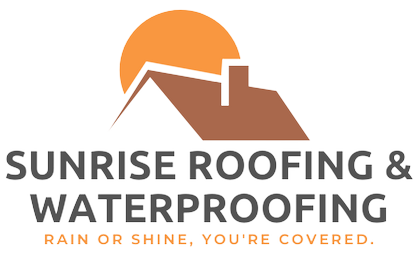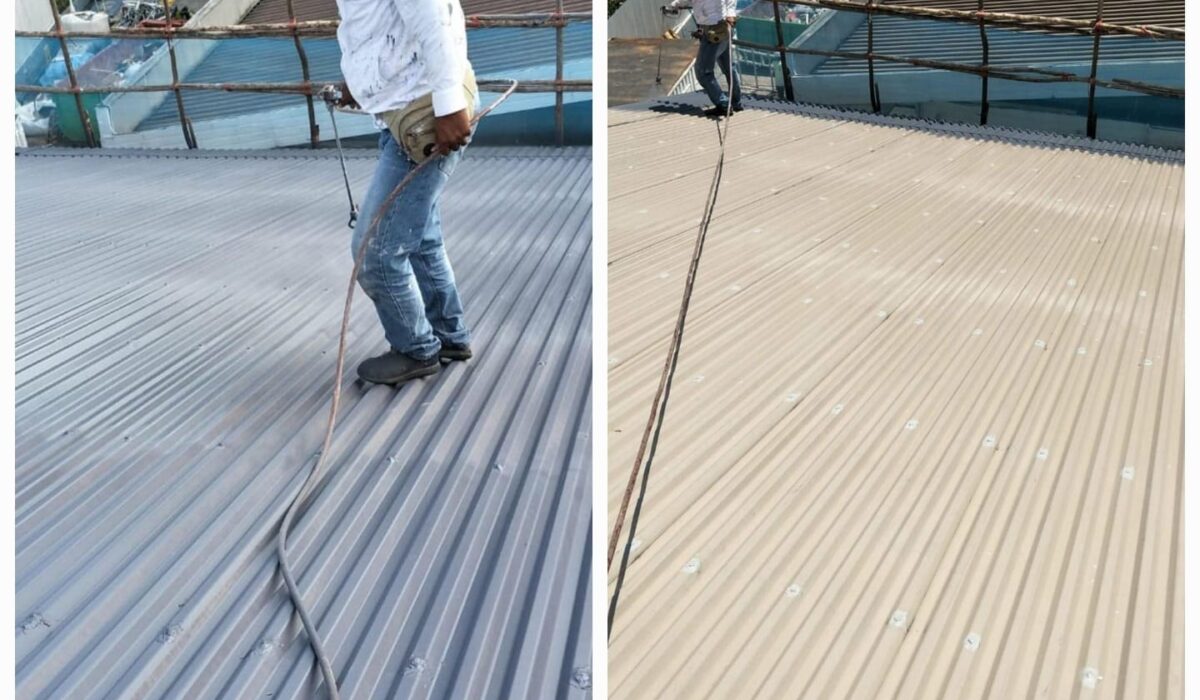Cleaning your roof is an essential part of home maintenance to prevent damage and prolong its lifespan. Here are some common methods for cleaning roofs:
Pressure Washing
This method involves using a high-pressure water spray to remove dirt, algae, moss, and other debris from the roof surface. It’s effective for most types of roofs, but it should be done carefully to avoid damaging delicate roofing materials.
Chemical Cleaning
Chemical cleaning involves applying specialized cleaning solutions to the roof surface to kill algae, moss, and other organic growth. These solutions typically contain ingredients like sodium hypochlorite (bleach) or zinc sulfate. After application, the chemicals are left to sit for a specified period before being rinsed off.
Soft Washing
Soft washing is a gentler alternative to pressure washing, especially suitable for roofs made of delicate materials like asphalt shingles or tiles. It involves using low-pressure water combined with specialized cleaning solutions to remove dirt, stains, and organic growth.
Manual Cleaning
For smaller areas or delicate roofing materials, manual cleaning methods may be preferred. This involves physically scrubbing the roof surface with a brush or broom to remove debris and stains.
Biological Treatment
Some homeowners choose to use biological treatments, such as applying zinc or copper strips to the roof, to prevent the growth of algae, moss, and lichen. These metals slowly release ions that inhibit the growth of these organisms over time.
Preventive Maintenance
Regular maintenance, such as trimming overhanging branches and removing debris from the roof, can help prevent the buildup of organic material and reduce the need for intensive cleaning.
Before attempting any roof cleaning method, it’s essential to consider safety precautions. Working on a roof can be dangerous, so it’s advisable to hire a professional if you’re not comfortable or experienced with the task. Additionally, be sure to check with the manufacturer of your roofing materials for specific cleaning recommendations to avoid damaging the roof or voiding any warranties.

